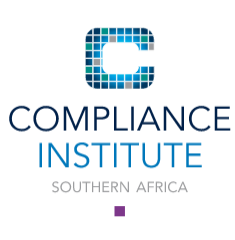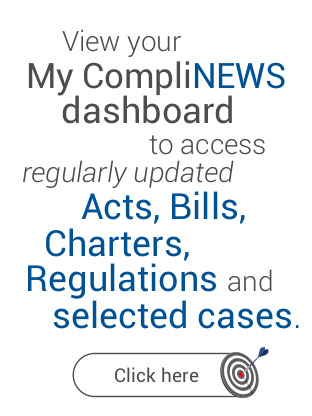Analysing and evaluating compliance risk
Publish date: 03 August 2018
Issue Number: 6
Diary: CompliNEWS Ethics
Category: General
Lee Rossini
There are many different types of risks facing a business. In this article, I will focus on measuring compliance risk. The question is how often does management seriously consider these risks including the probability of the risk occurring and the consequences for the business. When asked this question, many FSPs reply that they rely on their compliance officer or company to manage these risks. This is not a good enough answer as management must be actively involved in measuring compliance risk. As a starting point, managing compliance risk is closely linked to acting ethically and with integrity; by doing so, the risk of non-compliance is lowered.
Compliance refers to conforming to or meeting the requirements of the relevant laws, regulations, codes and standards that apply to the financial services industry. Compliance risk is defined by the Compliance Institute[1] as ‘the current and prospective risk of damage to the organisation’s business model or objectives, reputation and financial soundness arising from non-adherence with regulatory requirements and expectations of key stakeholders such as customers, employees and society as a whole'. If an FSP, key individual or representative acts in a manner which is non-compliant, they immediately open themselves up to compliance risks. In addition to reputational and financial risk, the legislation also provides for stiff penalties and/or imprisonment as well as the loss of an FSP licence or debarment.
The starting point for managing compliance risk is to look to the FAIS General Code of Conduct which clearly spells out the responsibilities of a FSP with regard to risk management. The FSP should develop a risk management plan in this regard. This entails the following four steps:
- Identifying the specific risks facing the FSP;
- analysing and evaluating the risks identified;
- determining how the risks will be managed; and
- monitoring and reviewing the risks.
Analysing or assessing compliance risk can be broken down into two elements, the likelihood or the probability of a particular problem or non-compliance occurring and the magnitude or impact, namely, what are the consequences of the non-compliance. All the requirements of the applicable legislation should be given different risk ratings (high, medium or low) based on these two elements.
Here is an example:[2] which you can put in a table format:
Column A - List of risks, eg record-keeping: Loss of paper documents
Column B - Likelihood H/M/L
Column C - Impact H/M/L
Column D - Action(s) - Documents stored in filing cabinets which are locked
Column E - Further action(s) - Keeping scanned copies of documents and making daily/weekly backups of electronic data
Column F - Person(s) responsible
The likelihood or probably of non-compliance is greatly influenced by a number of different factors; these include the degree of commitment to meeting the compliance requirement, the business culture, the integrated systems and processes in the business, the skills and knowledge within the business and the extent of awareness of the requirements. By focussing on the likelihood or impact of the compliance risks enables a business to direct resources to where they are needed most. As the compliance requirements often change at a rapid speed, this exercise needs to be repeated either on a regular basis or as and when there is a significant change to the legislation. This will ensure that the business avoids and manages compliance risk effectively.
Aside from avoiding the negative impacts discussed above, by implementing the compliance requirements and thereby managing compliance risk effectively, other benefits arise. Services are usually of a high quality, they are efficient and consistent across the client base and over time. Improved staff morale and a loyal client base is also a spin-off of demonstrable and good faith efforts made by the business to comply with the applicable requirements. This will result in increasing profits and business sustainability in the future. Analysing and managing compliance risk is not only the responsibility of the compliance function; it is essential element of the management function and is integral to creating an ethical culture within the business.
Reference:
Botha M, du Preez L, Geach W, Goodall B, Rossini L (2018) The South African Financial Planning Handbook, LexisNexis.
[1] See the Compliance Institute website
[2] See Risk Management Guide, Financial Services Board (accessed on 3 August 2018).





